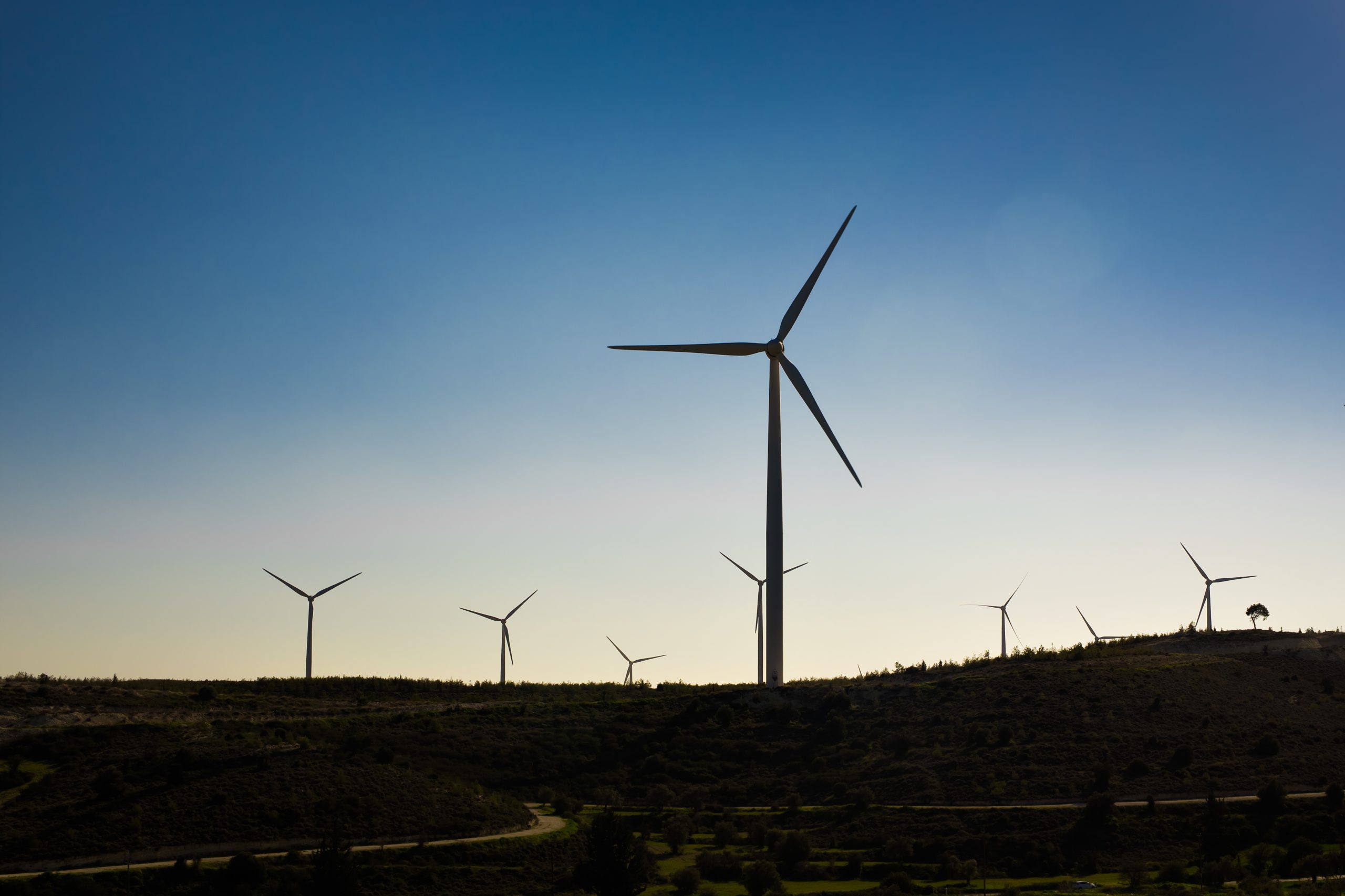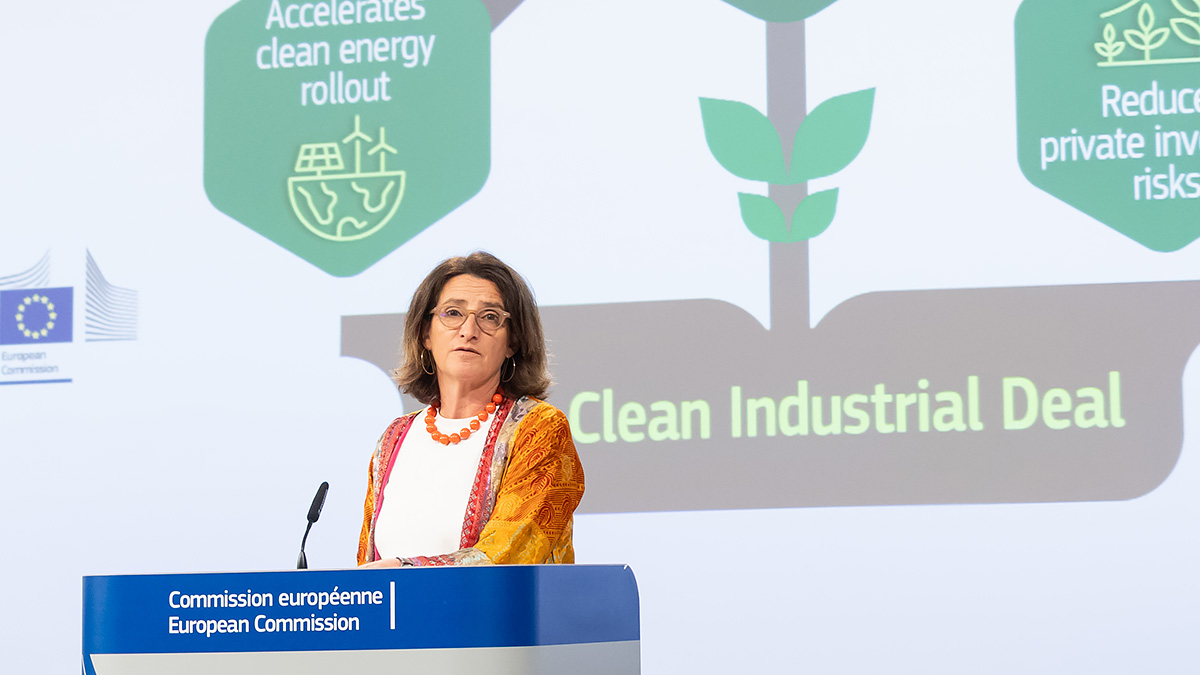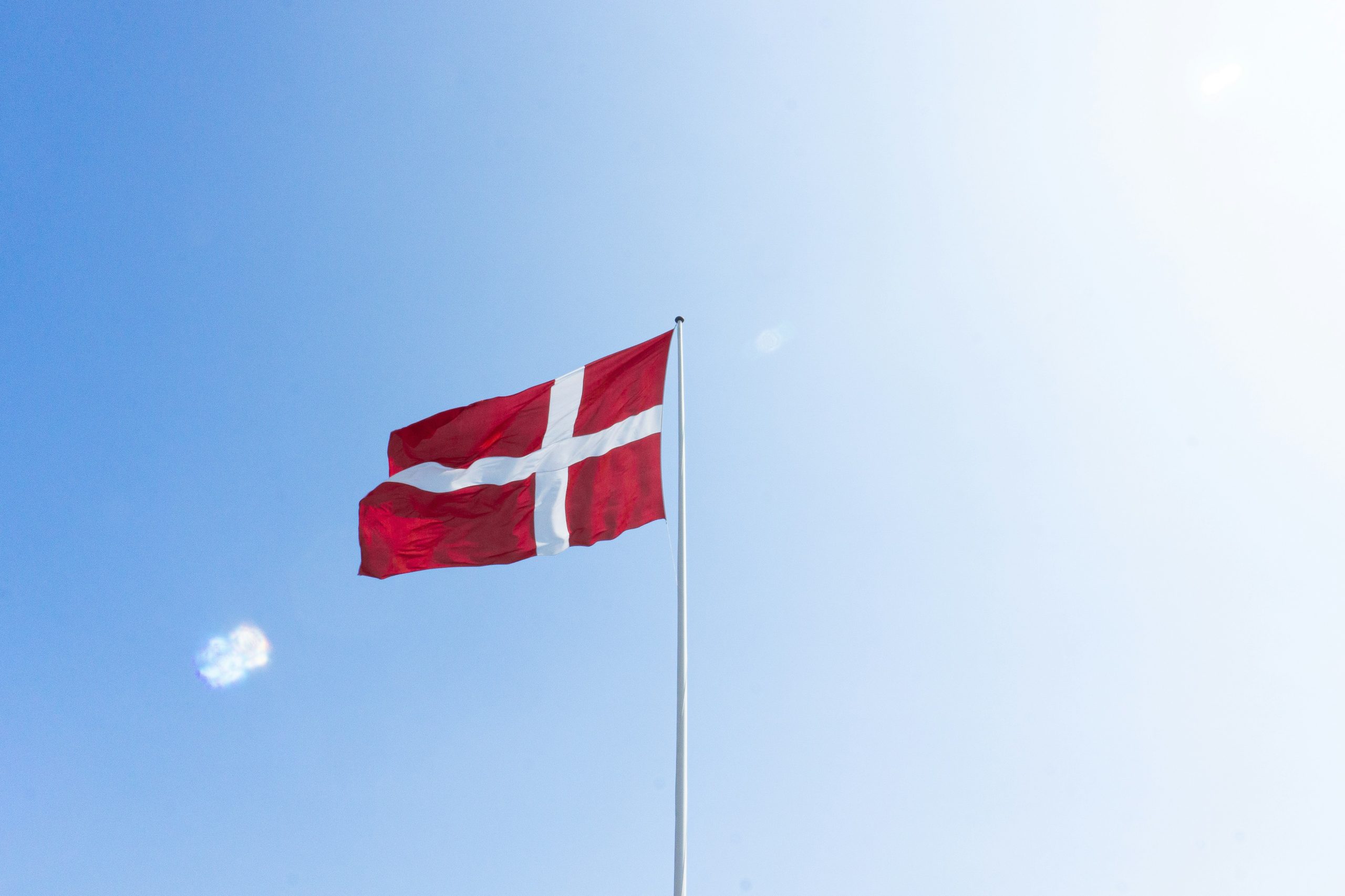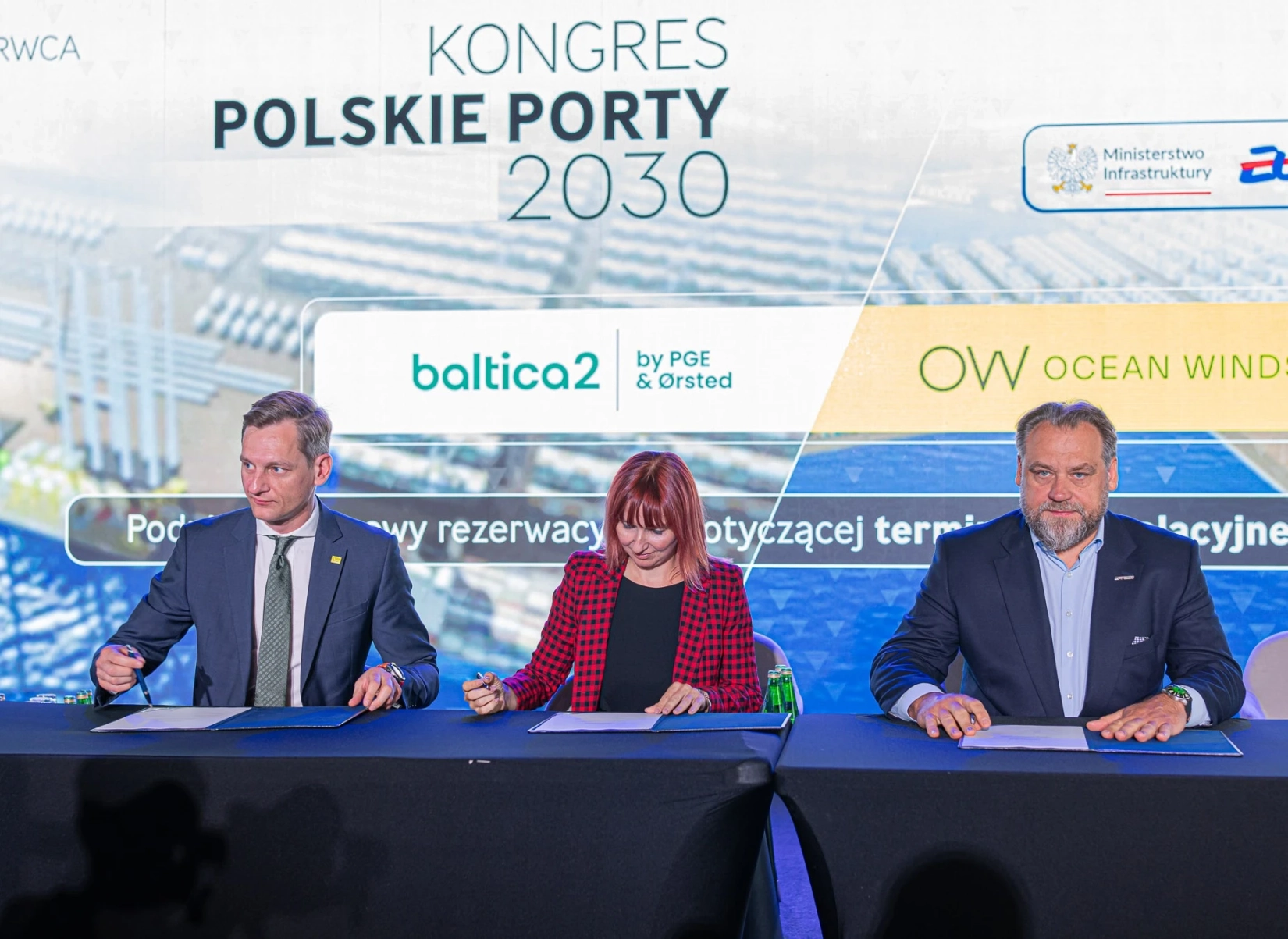The European Commission has proposed a targeted revision of the EU’s electricity market design. It makes Contracts-for-Difference the new norm for supporting renewables investments. It also allows investors to sell their electricity via Power Purchase Agreements or directly on the electricity market. And it actively supports the growth of PPAs. The Council and Parliament must now stick to this balanced proposal and end the current investment uncertainty caused by uncoordinated national market interventions.
The European Commission has presented its proposal for a revised EU electricity market design. WindEurope CEO Giles Dickson says: “The problem of Europe’s electricity market these last two years has not been the market design. It’s been high gas prices, made worse by the war. The market design has been extremely efficient in matching supply and demand – and has given consumers years of affordable electricity prices. It’s good the Commission proposal builds on the strengths of the existing market design. What’s needed is an evolution not radical changes.”
Putting an end to the patchwork of national market interventions
With the revision of the market design the Commission aims to end investment uncertainty and create future-proof rules for its electricity market which will increasingly be dominated by variable renewable generation. Wind is central to the EU’s energy transition. It’s 17% of all the electricity consumed in Europe today. By 2050 the Commission wants it to be 50%. But Europe’s not investing enough to reach this target. In 2022 investments in new wind turbines were down. Not a single offshore wind farm reached final investment decision.
One reason for this fall in investments has been a lack of investment certainty caused by a patchwork of unhelpful national market interventions. Uncoordinated revenue caps for inframarginal producers of electricity and other clawback measures undermined investors’ trust in the functioning of the EU electricity market.
Today’s proposal does not allow Member States to unilaterally prolong revenue caps beyond June 2023. They can apply clearly defined emergency measures but only if the Commission declares a regional or EU-wide price crisis. This must remain a last resort.
Two-sided Contracts-for-Difference become the new norm, flexibility maintained
National support schemes for new power investments should now take the form of two-sided Contacts-for-Difference (CfD). The proposal does not impose these CfDs on existing projects. Existing support schemes will not be changed retroactively.
The proposal also maintains sufficient flexibility for wind farm operators to sign Power Purchase Agreements (PPAs) with corporate offtakers if that is their preferred option. And the combination of CfDs and PPAs is also allowed.
Crucially, electricity producers keep the right to sell their electricity on the market. This is essential to the development of the PPA market and critical to meeting Europe’s 2030 renewables targets. In a volume-based PPA, generators need some market revenue to buy power at market prices when they’re not producing enough.
“Two-sided CfDs have been a good model to ensure revenue stabilisation. They have a proven track-record in many European countries. Under a two-sided CfD Governments don’t only pay out, they also get paid back when the electricity price is higher than the CfD price. The perspective of stable revenues also allows investors to minimise their financing costs. But CfDs are no panacea. The Commission has done the right thing, allowing operators to also sell their power under a PPA or to go fully merchant”, says WindEurope CEO Giles Dickson.
The market design proposal will support the growth of PPAs. Member States will be required to put in place guarantee schemes to reduce financial risks for offtakers. Alongside this Member States should now remove existing barriers to PPAs, in particular by issuing Guarantees of Origin to all renewable electricity.
Good news for “hybrid” offshore wind projects
Hybrid offshore wind farms – that have grid connections to two or more countries – are a good thing. They save space and money by pooling generation and transmission assets. And they improve energy flows between countries. But Europe only has one such hybrid offshore wind farm today. Many others are planned but have been awaiting clarity on what their revenue model will be. The Commission proposal is very helpful here: it allows for Transmission Access Guarantees which will help de-risk investments in hybrid offshore wind farms. That’s a good step and it will come at no additional costs to taxpayers.
Council and Parliament must stick to targeted market design proposal
The responsibility for getting this market design right now lies with the EU Member States in the Council and with the European Parliament. They must keep the balance of the Commission’s proposal. And they must send a clear signal to renewables investors that Europe will become an attractive place for investments again. Otherwise investors will continue to turn their back on Europe and invest their money in the US, Australia or elsewhere.
Source: WindEurope












